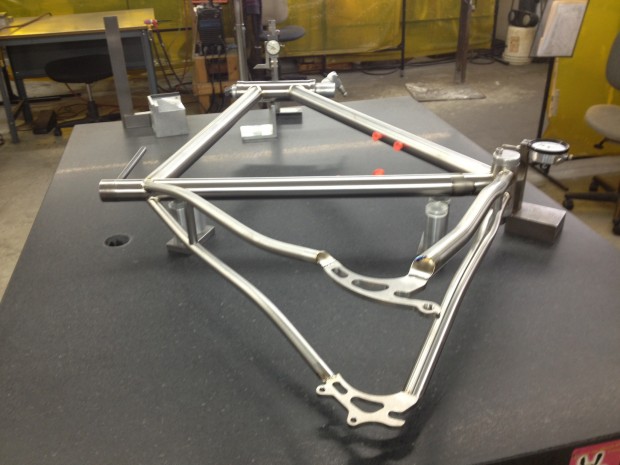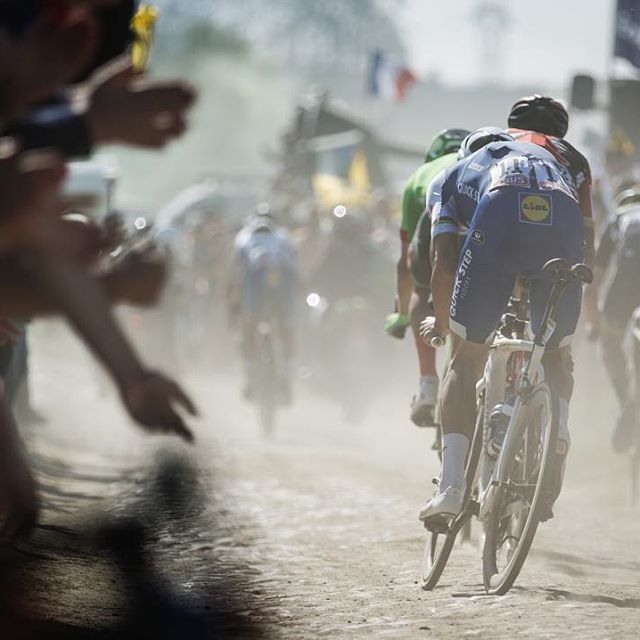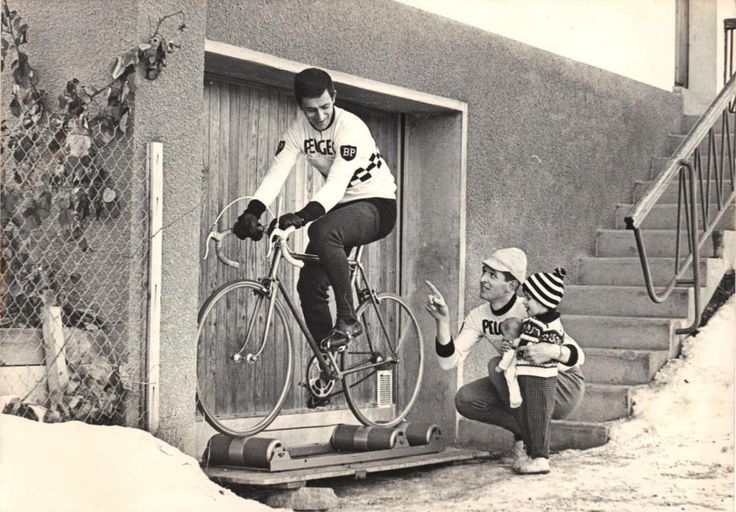A More Perfect Union-Phase One

Hear ye, hear ye, get thee, and a mirror, to your indoor trainer. This is going to be a multi-part series on getting the rider and the ride to a more perfect union. Most of us have never been professionally fit for our bikes. An inseam measured, a glance at a reflection when riding by a store window is our bike fit. I’m not advocating that, but it’s true for me.
My friend Dave and I have been both suffering with ride -preventing knee injuries. If this hasn’t happened to you yet, besides being lucky, you have been spared a trip into a deep and dark cave. This is the depressing cave that makes you ask a question you don’t have an answer for. If you can’t ride anymore, you are no longer a cyclist. If you are no longer a cyclist, who are you? That, fellow riders, is a serious question, and not one I want to address right here and now.
In the USA you go to your general practitioner doctor, who eventually hands you off to a slightly more qualified doctor. You moan enough to get x-rays and and MRI at 0.45 CWUs (carbon wheel units*) cost and an eventual appointment with most-busy orthopedic specialist. He, of course, tells you there is nothing he can see but he can send you to the physical therapist. Why did you know this was the answer already, four months earlier?
The hospital’s physical therapist is not a cyclist and looks very skeptical when you inform him the “knee over pedal axle” axiom is rubbish. You go home with a page of exercises that address no obvious problem. At this point the road diverges. You keep pestering doctors, you start listening to anecdotal, crap advice, or you try to fix it yourself.
Dave has done his version of this also. Dave is not as lazy as I and he spends untold hours with his rollers, kinetic trainer, weight bench, watt meter and a mirror trying to figure out what he can modify to fix his knee.
We spent a long session filming each other shirtless, in bibs, while riding our bikes on his trainer. This all felt slightly illegal and unseemly. I’m relieved that neither his girlfriend or the UPS guy came in during this.
The initial video shot from behind was a revelation. If Chris Froome looks like a spider humping a lightbulb, I look like Quasimodo hunching a washing machine. Are you kidding me? Damien Gaudin looks better on a bike than I do. Was I hit by a car and don’t remember it? Has no one bothered to tell me what this view from behind looks like? Dave admitted he wanted to but didn’t dare. Actually, it may be that out here in Hawaii, no one is spending that much time in my awesome draft, going uphill at 10 kph, or I ignore these remarks all together.
We video as we try shims under cleats, raising saddles, lowering saddles. All this seems like too much guess work, or we are working with just enough information to do further damage? There are a lot of tweaks that skate around problems we don’t understand.
As it turns out Dave is possibly harder to live with than I am while playing the role of injured athlete. His girlfriend explained this to the woman seated next to her at a dinner party; this person happens to be a sports physical therapist with the dual virtues of a lot of formal medical education and decades of experience fixing people. Phase two of this story will delve into what a Pro knows and how she works.
In the meantime, do yourself a favor. Get your bike on a stationary trainer or rollers and have someone video from behind as you ride with moderate resistance. The Pro put reflective stickers dots and lines all over my legs but even a sharpie dot on the center of the knee cap and the center behind the knee will be useful. An iPhone and iMovie works just fine for some slow motion analysis. Alternatively, put a mirror in front of the bike so you can see your legs pedaling. One’s hips, knees and feet are working in a chain. The knee joint is a simple hinge that functions optimally when not going in four directions with each revolution, like mine.
Do your knees track directly over your feet, everything directly up and down, like dueling Swiss Bernina sewing machines? If yes, no worries, if no and you are not too old, it’s something to think about. The math is amazing; revolutions per kilometer times kilometers per year. Knees can absorb some misalignment, mine have for 36 years, but why wait until you are injured to seek the more perfect union?
*my CWU are based on ENVE 3.4 tubular rims and Chris King hubs, orange.

